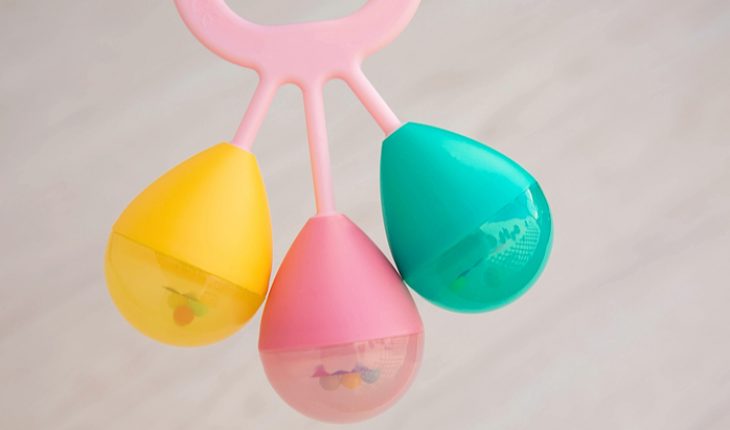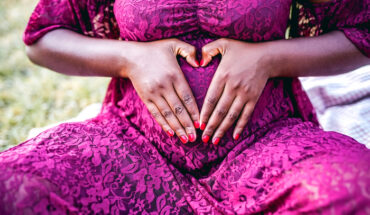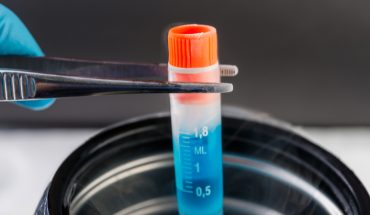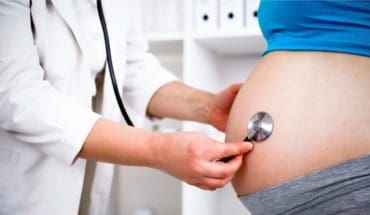Fertility treatments that are available today would have seemed like science fiction a few years ago.
‘Think how far we have come since IVF was developed 30 years ago. Back then, people said doctors were playing God. Today, 60,000 babies are born using IVF techniques every year in the UK,’ says Susan Seenam, chief executive of Infertility Network UK, a leading charity representing patients. ‘Womb transplantation is helping people start families who wouldn’t otherwise be able to do so. We need to keep pushing forwards and making leaps in fertility treatment even if it makes people uncomfortable at first.’
Doctors have already found a way to create saviour siblings – children born with genetic similarities to ailing brothers or sisters offering them hope of a cure. Egg freezing, when women can freeze their eggs to be used at some future date when they are ready to start a family, is no longer an experimental technique, according to the American Society for Reproductive Medicine. New breakthroughs in thawing the eggs without damaging the cell structure means that they are now comparable to fresh eggs when it comes to the rates of pregnancy and healthy babies.
Artificial wombs are able to nurture a growing embryo and provide it with all the nutrients and hormones that it requires at different stage of its development. In 2003, a team of scientists at Cornell University in New York began growing mouse embryos in artificial wombs but could only grow human embryos for 10 days due to legislation which places a two-week restriction on this line of research. The artificial womb, which was mouse-sized was created by Dr Helen Hung-Ching Liu who added engineered endometrium tissue to a bio-engineered, extra-uterine “scaffold” which was bathed in nourishing fluids and oxygen. ‘This may be an option when a mother is born without a uterus or unable to carry a baby for other reasons, such as maternal age. It could also, in theory, mean that men who wanted to have children without a female could dispense with the use of a surrogate. However, it is unlikely to take over from surrogacy which is now allowed in many countries any time soon since it will take decades to overcome legal and ethical arguments,’ says Mr Mike Bowen, a consultant gynaecologist and Obstetrician based in London’s Harley Street.
Scientists in the US have also built an artificial ovary by creating a honeycomb of theca cells, one of two key types in the ovary in a 3D petri dish. When the honeycomb reached the right size and shape, they inserted clumps of donated granulose cells into the cells of the honeycomb together with human eggs. In tests, the artificial ovary was able to nurture eggs from early follicle stage to full maturity – just like the real thing.
The innovation may help to mature human eggs outside the body. According to an article published in the Journal of Assisted Reproduction and Genetics in 2010, the innovation could play a role in preserving the fertility of women facing cancer treatment in the future. Stephan Krotz, a Houston fertility doctor who is the paper’s lead author said immature eggs could be salvaged and frozen before the onset of chemotherapy or radiation, he said, and then matured outside the patient in the artificial ovary. ‘It could also help women with ovarian failure or conditions such as polycystic ovarian syndrome who often suffer infertility problems,’ says Mr Mike Bowen. ‘Women with endometriosis whose ovaries may be affected by scar tissue may also one day be helped to start families using artificial ovaries.
- New lipid-based pathway discovered as key to memory formation - 25th June 2025
- Crucial link could explain how Alzheimer’s takes hold - 25th June 2025
- Understanding Your Mind Can Improve Daily Life - 25th June 2025







